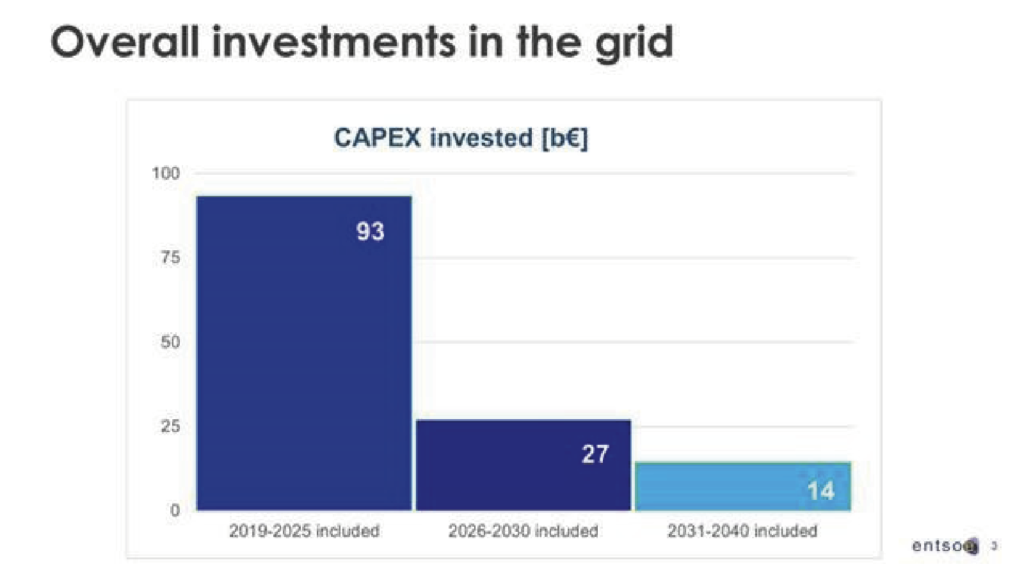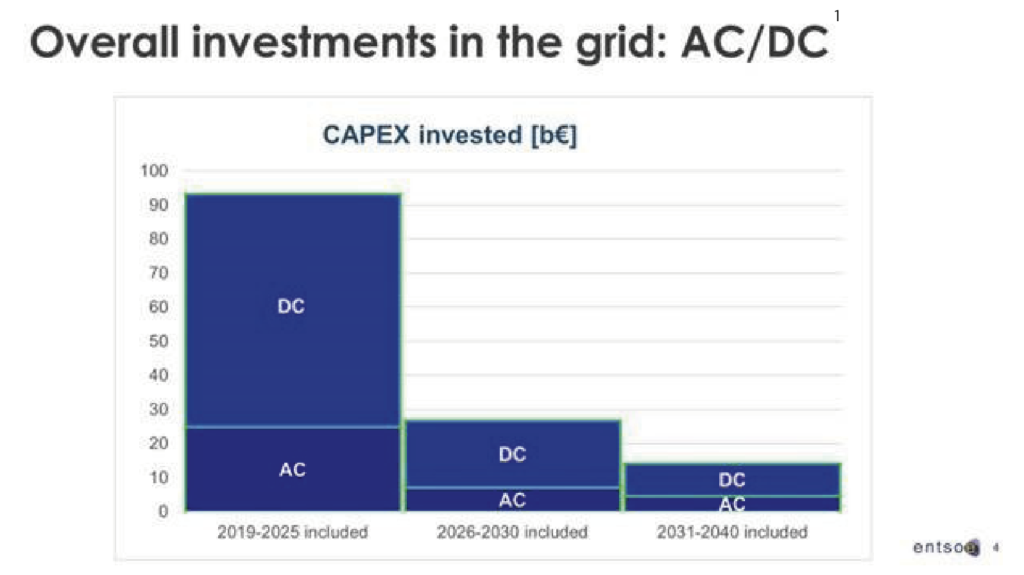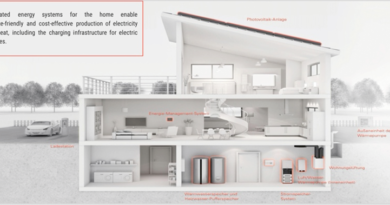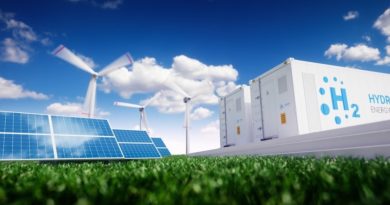
Electricity TSOs as key enablers of smart sector connectivity in Europe and beyond
The COVID 19 pandemic has once again underlined how crucial electricity security of supply is for our societies. We understood more than ever the importance of ‘keeping the lights on’. Despite unprecedented circumstances, the transmission system operators for electricity, TSOs, have fulfilled their strategic responsibility of maintaining the security of operations of the power system – one of the most complex system ever build by mankind.
As unbundled, regulated entities TSOs fulfill their mission driven by the maximization of social welfare. They act locally but they also have a long and successful history of voluntary cooperation at regional and pan-European level, notably through ENTSO-E. Far from working in isolation, they are in close relations with a growing number of stakeholders and in particular distribution system operators and power exchanges.
Under the Paris Agreement and with the objective of reaching climate neutrality by 2050, the role of electricity is going to become even more central.
The future energy system is characterized by an ever-increasing share of renewable energy in the energy mix surpassing 80% and almost doubling the electricity share in final energy demand reaching up to 54%. The overall electricity demand is expected to rise from 3 200 TWh in 2025 up to 4 270 TWh by 2050. However, there will still be significant energy demand hard to electrify which has to be transformed to cleaner objectives.
 In this future, as electricity becomes the dominant vector for clean energy, the electricity grids and the associated system operation will be the central backbone. They will be at the interface of the main evolutions to clean the energy sector by helping to connect all levels of the value chain:
In this future, as electricity becomes the dominant vector for clean energy, the electricity grids and the associated system operation will be the central backbone. They will be at the interface of the main evolutions to clean the energy sector by helping to connect all levels of the value chain:
- Energy production/conversion: Energy will be predominantly produced in the form of electricity (more than 60% of primary energy in 2050) complemented with significant contributions of other primary sources such as green gases, biomass, biofuels, etc. Given that multiple energy conversions result in high losses of energy, higher electrification of end usages, such as electric vehicles, heat pumps, etc, becomes first choice. Where electrification appears no longer cost-efficient (e.g. in aviation, specific industrial uses, etc.) carbon-free production of synthetic fuels through conversion (when available and competitive technologies are available) of electric power is one of the alternatives.
- Energy transmission: As wind and sun are first converted to electricity and each additional conversion to other energy carriers adds costs and losses, the grid is the most cost-efficient way to connect renewable energy sources. As the development of wind and sun generation implies a move to new geographical locations and an increase of transmission capacity due to their variability, an increase in grid investments is expected (for example offshore).
-
The coupling to additional sectors will probably amplify these needs as shown in the next figure according to ENTSO-E TYNDP.
- Energy trading: In a future energy system characterized by low marginal costs, flexibility and system services become critical products and therefore energy markets need to eliminate distortions across sectors to enable a cost-efficient operation. Products derived from smart sector integration should only be defined as green when CO2 savings in one sector doesn’t lead to increase of CO2 somewhere else.
- Energy consumption: The high level of electrification in end demand is driven not only by electricity being the primary source of energy, but also by the higher efficiencies of the electric consumption by mature and available technologies (for instance electric vehicles or heat pumps). In addition, hybrid demand has the potential to further enable consumers to effectively participate in the cost-efficient operation of the energy system by providing demand side response capabilities, with an increasing share of the peak demand up to 25 % in some scenarios.
A paradigm shift is needed to enable such a smart sector integration:
- Optimization of social welfare should be applied at the design phase on the basis of holistic scenarios adopted at the European level with a neutral, inclusive, and transparent approach based on national and regional developments.
- Technology neutrality: Technologies such as power to hydrogen, power to methane, power to heat and power to liquids, as well as other technologies providing flexibility such as electro-mobility or batteries are complementary to each other and should be compared according to the value of the different services they provide.
- Digitalization and new technologies are game changers in terms of enhancing the potential of sector integration. Scaling up these technologies and stepping up R&D efforts are critical elements for proper implementation of innovations. For the electricity transmission assets, hybrid system is already on its way: with an increase of DC technologies coupled to the AC ones, and more generally with assets boosters using IT advanced technologies.
ENTSO-E and ENTSOG already cooperate on grid planning scenarios and modelling. But the needed sector interconnection goes far beyond just gas and electricity.
ENTSO-E member TSOs stand ready to be key facilitators for the future system of interconnected system with electricity as a main vector coordinating regionally, cooperating at European level, in close coordination with other sectors and stakeholders.




